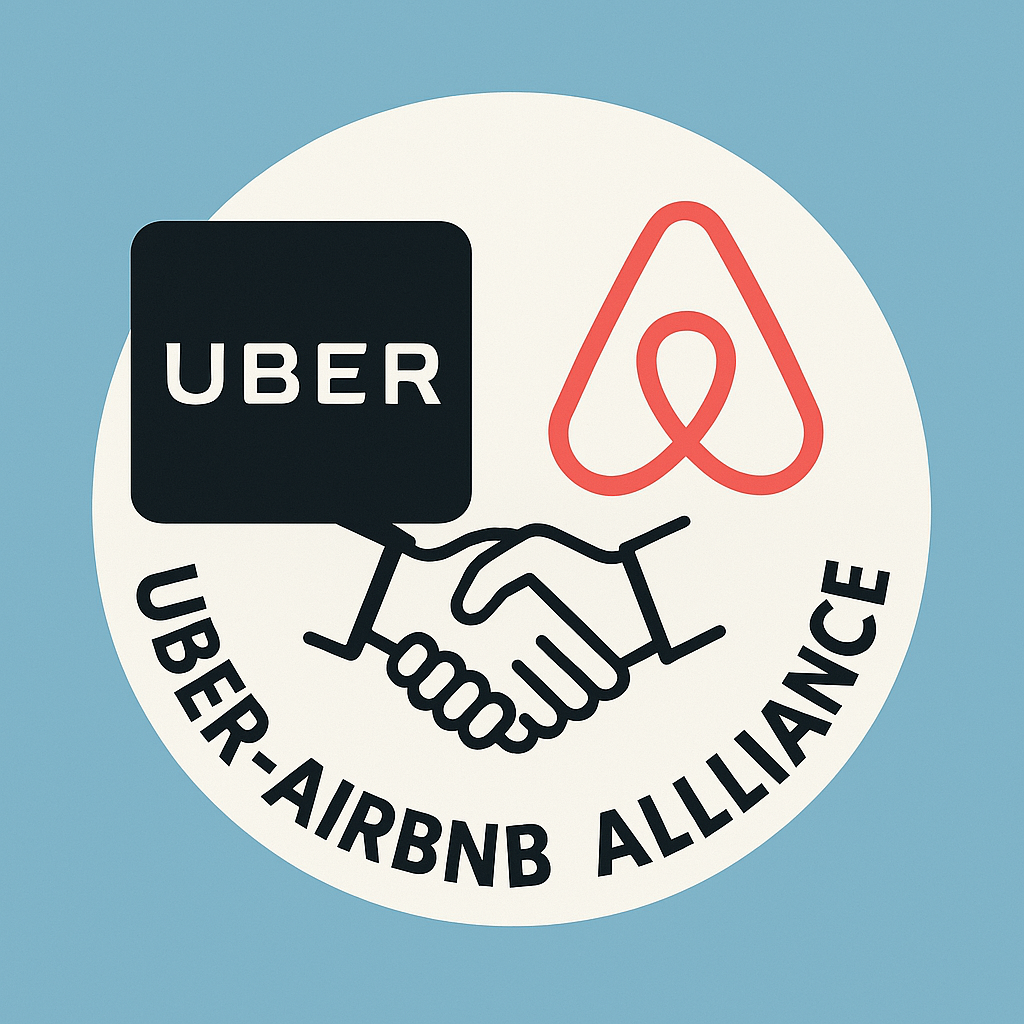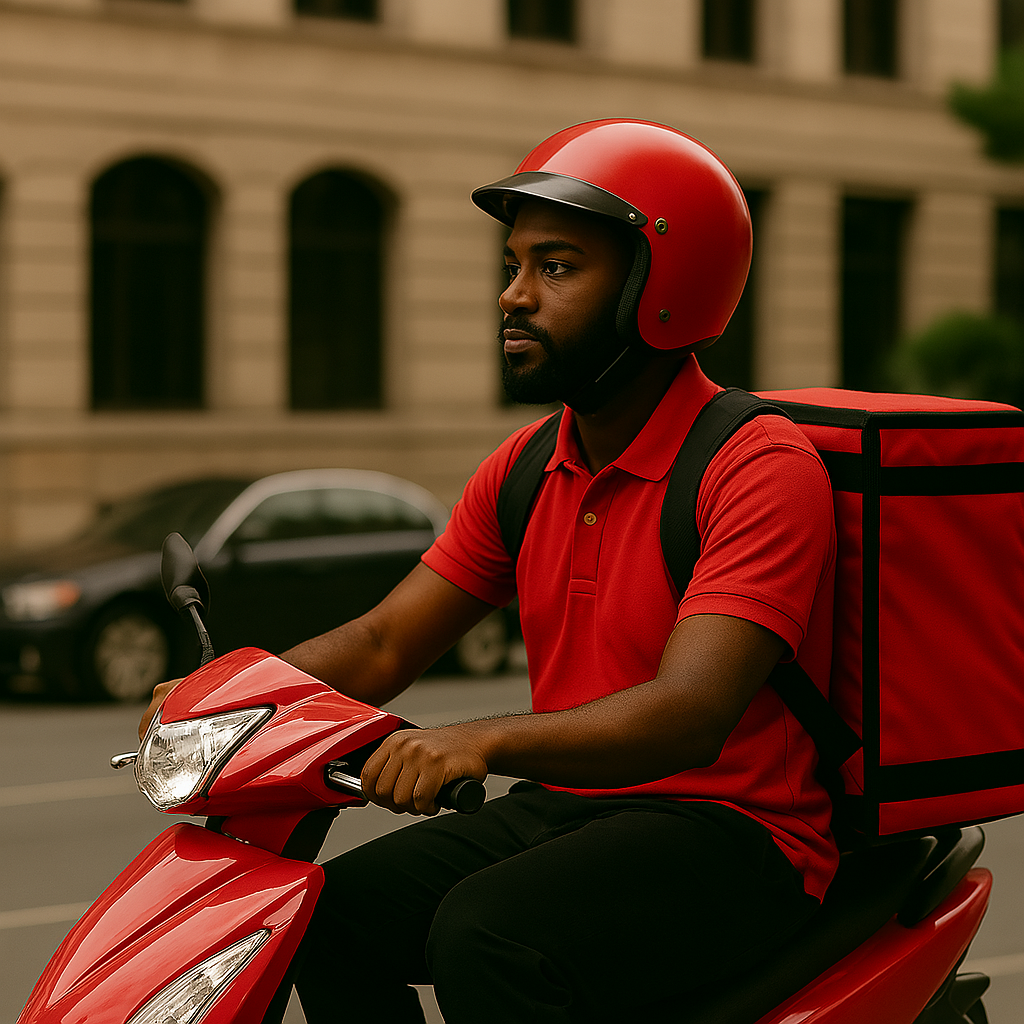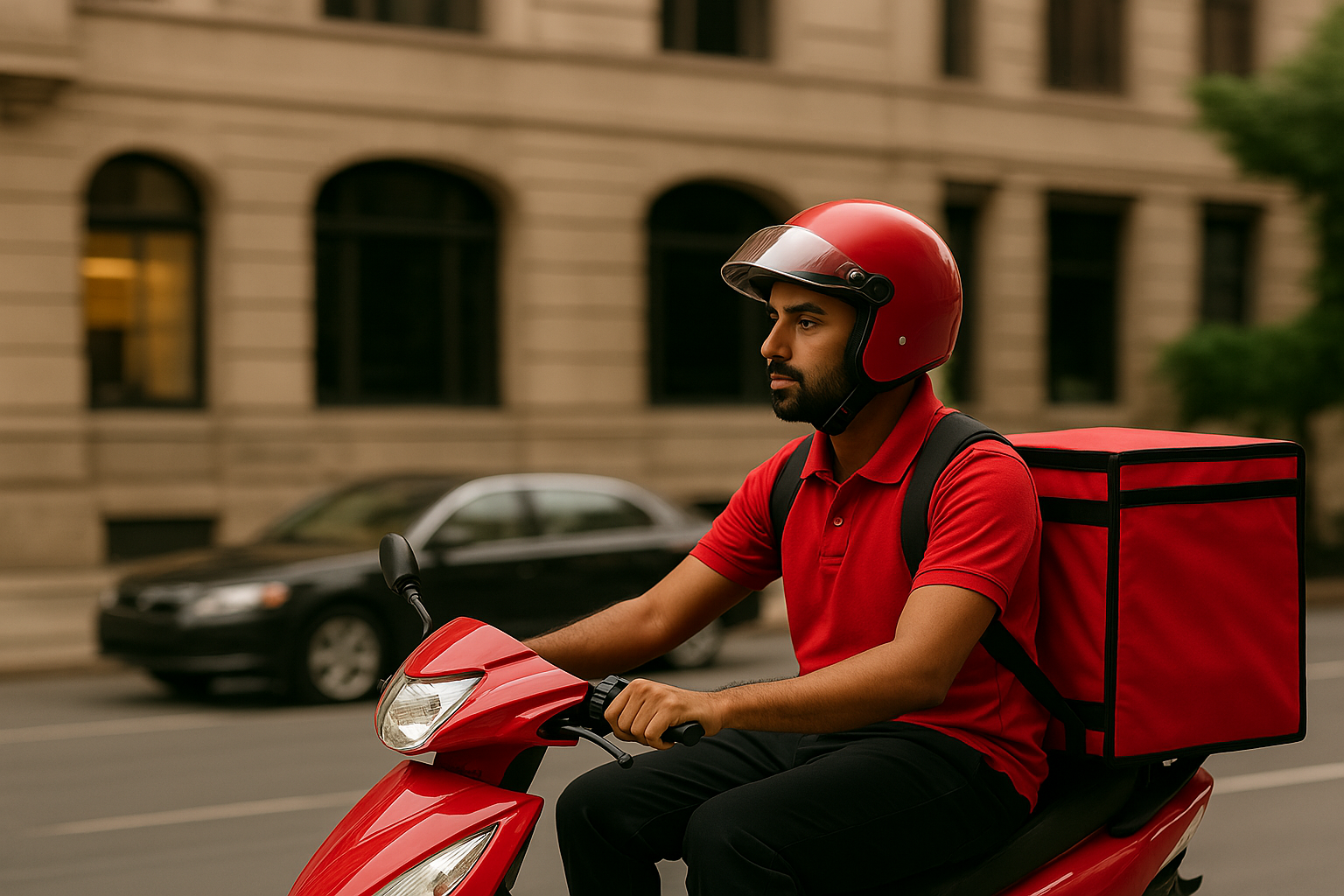Technology
Jamaican Gov’t Provides Incentives to Boost JAM-DEX Use

Businessuite News24
Businessuite Special Report P4 | Homegrown Disruption: InterMetroONE & Walkbout.com Position Jamaica’s Answer to Uber–Airbnb
Now is the time for SMEs, associations, and government to align—ensuring that if Uber and Airbnb ever arrive together, Jamaica’s own ecosystem remains vibrant and in control.
Businessuite News24
Businessuite Special Report P3 | Uber x Airbnb: A Strategic Alliance That Could Redefine Jamaica’s Travel Industry – But At What Cost?
The future of Jamaican tourism lies in its ability to integrate into global digital ecosystems without sacrificing local livelihoods. The time for public–private dialogue is now.
Businessuite News24
Businessuite Special Report P2 | Disruption in Jamaica: Uber & Airbnb Business Models
Businessuite News24
India’s 10-Minute Delivery Boom: A Blueprint for Disruption—and a Wake-Up Call for Caribbean Courier Companies
While the Caribbean market differs significantly in terms of geography, population density, and infrastructure, India’s 10-minute delivery trend signals a major shift in consumer expectations and service standards that cannot be ignored. Caribbean courier and logistics companies must take this as a call to evolve or risk irrelevance.
Businessuite News24 International
India’s 10-Minute Delivery Boom: Reshaping Retail, Logistics, and Urban Spaces
India is witnessing a rapid and transformative shift in its retail and logistics sectors through the rise of quick-commerce (q-commerce)—a model that promises to deliver goods within 10 minutes. At the center of this boom are companies like Blinkit (owned by Zomato), Swiggy Instamart, Zepto, and Flipkart Minutes, which are racing to meet the increasing demand for ultra-fast delivery, not just in metropolitan areas but also in tier-2 and tier-3 cities.
-

 Businessuite Markets3 weeks ago
Businessuite Markets3 weeks agoScotia Group Delivers 19% Q2 Profit Growth, Net Income Hits $5B for the Quarter
-

 Businessuite News247 days ago
Businessuite News247 days agoIndia’s 10-Minute Delivery Boom: A Blueprint for Disruption—and a Wake-Up Call for Caribbean Courier Companies
-

 Leadership Conversations4 weeks ago
Leadership Conversations4 weeks agoWhy Some CEOs Resist the Concept of Buy-In
-

 Corporate Feature7 days ago
Corporate Feature7 days agoNot Just Vanity Metrics: A Digital Leader Focused on What Matters
-

 Businessuite Women1 week ago
Businessuite Women1 week agoDorothea Gordon-Smith Marks 50 Years of Quiet Power in Waste Management
-

 Businessuite News24 International7 days ago
Businessuite News24 International7 days agoIndia’s 10-Minute Delivery Boom: Reshaping Retail, Logistics, and Urban Spaces
-

 Business Insights3 weeks ago
Business Insights3 weeks agoYou Can’t Fix What You Can’t See: Why Jamaica Broilers’ U.S. Collapse Wasn’t Just Financial, It Was Strategic
-

 Businessuite News2423 hours ago
Businessuite News2423 hours agoBusinessuite Special Report P4 | Homegrown Disruption: InterMetroONE & Walkbout.com Position Jamaica’s Answer to Uber–Airbnb


 JAM-DEX provides a safe, efficient, and convenient way to pay for goods and services. Currently, the National Commercial Bank offers JAM-DEX through LYNK®, which is its digital wallet.
JAM-DEX provides a safe, efficient, and convenient way to pay for goods and services. Currently, the National Commercial Bank offers JAM-DEX through LYNK®, which is its digital wallet.



















